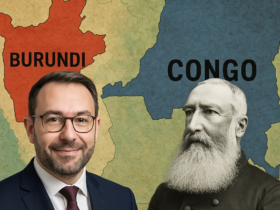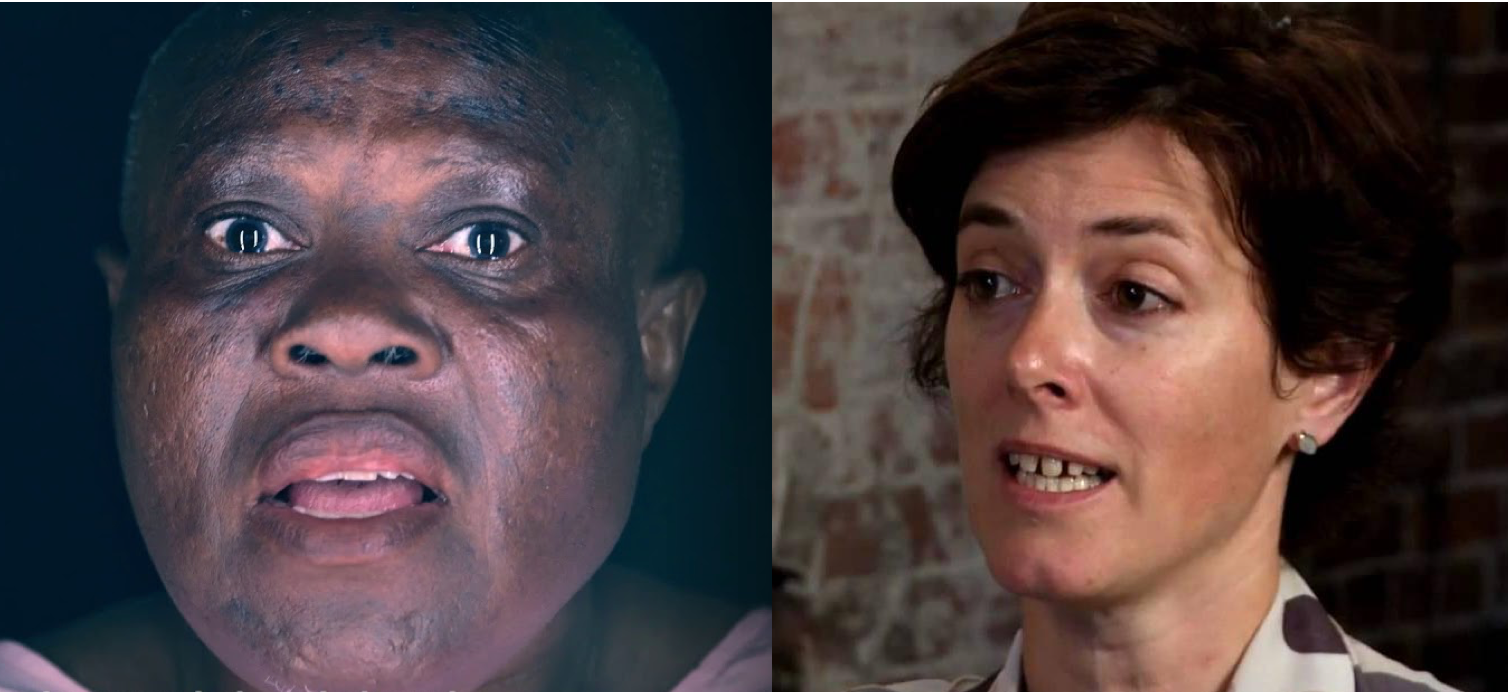These include collateral, solid employment contracts and viable business plans, none of which can be produced by people in categories one, two, and even three; the uneducated, unskilled or landless, that make the adult Rwandan population covered by SACCO. As of now, UMURENGE SACCO represent 75% of the accounts of MFIs in Rwanda.
Also, SACCOs are financially stable: The 2015 BNR annual report indicate that ‘the number of outstanding loans declined by 1.5% from 169.6 thousand in June 2014 to 167.0 thousand as of June 2015’. SACCO’s Solvency Ratio – A key metric used to measure their ability to remain sustainable and meet their goals and other obligations: Solvency ratio = (After Tax Net Profit + Depreciation) / Total liabilities; While they vary from sector to sector, as a general rule of thumb, a solvency ratio higher than 20% is considered to be financially sound: SACCO’s averages 31 %.














Leave a Reply